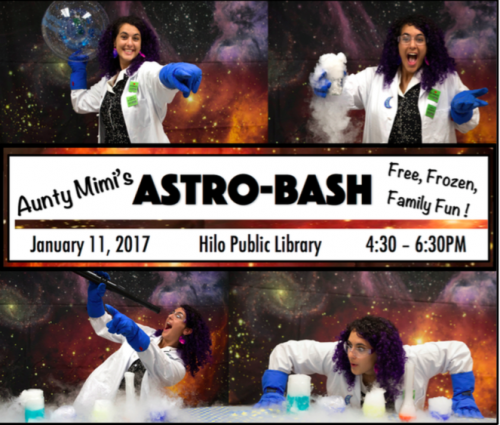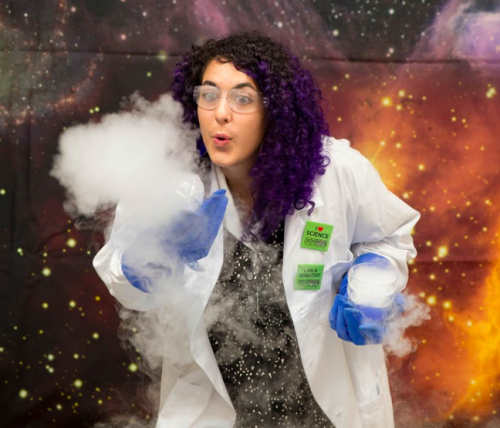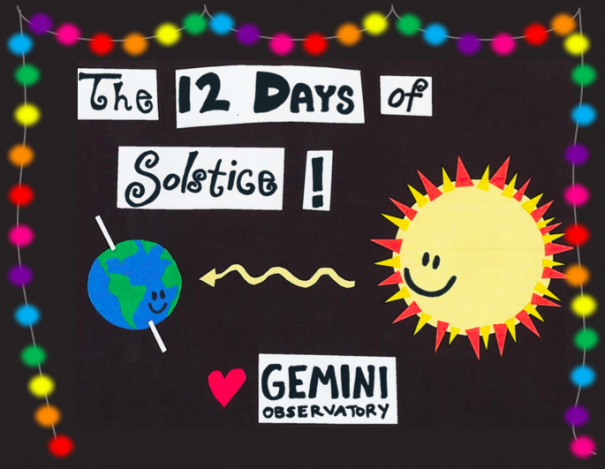- Date: 9 Jan 2017
- Comments: (0)
- Categories: For Everyone, Images/Videos
What’s that Glow?
Cerro Pachón is one of the best sites in the world for astronomical observations due the darkness of the night sky. However, sometimes there is a strange brightness of different colors throughout the entire sky known as airglow.
Airglow is caused by the ultraviolet light from the Sun that constantly hits the molecules in the atmosphere. Molecular oxygen (O2) splits into individual atoms during the day, and go through complex chemical reactions after sunset. Atomic oxygen (O) cannot efficiently recombine into O2, so at night it and other elements take part in further reactions causing them to emit light through a process known as chemiluminescence (Roach & Gordon 1973; Komich et al. 2008; Noll et al. 2012, 2015a, 2015b). The result of these interactions is a visible glow in the night sky, with colors varying from green to red, which can be caught by sensitive single lens reflex (SLR) cameras.
Ricardo Demarco, faculty Astronomer at Universidad de Concepción, recently captured this astonishing atmospheric phenomenon during his observing run at the Gemini South telescope. Demarco was collecting data using the Gemini Large and Long Program (LLP) for the GOGREEN project.
Airglow Through the Night
The event occurred throughout the night on October 26 at the Cerro Pachón site. The airglow was recorded using a Nikon D7000, with an 8mm “fisheye” lens. The unusual but very prominent reddish light emission is called airglow as shown in Animation 1.
Animation 1. Ricardo Demarco animation taken on the night of October 26, 2016.
Above is a timelapse movie made up by stacking images taken every 60 seconds. The camera setup is: 8mm lens attached to a Nikon D7000 camera, ISO 6400 and exposure time of 30 seconds. No filter was used, so the airglow emission has not been enhanced in any form.
In the video, the Milky Way is setting above the horizon, while the Zodiacal Light appears as a faint, diffuse column of light in the sky, just above the horizon and extending towards the zenith for a short period of time after the sky gets dark. Suddenly, the atmosphere changes brightness and color, and a reddish airglow appears just above the horizon (at 16 seconds), disappearing shortly thereafter. Later (at 23 seconds) the red airglow rises again until the end of the night.
Animation 2. All-sky animation taken on the night of October 25, 2016.
The airglow was also recorded by the Gemini all-sky camera installed on the summit of Cerro Pachón, as part of the Base Facility Observation project, which currently allows astronomers to operate the huge telescope of Gemini South from the base facilities located in La Serena.
Animation 2 is produced by stacking several images taken every 60 seconds using an all-sky camera. Here, it shows how the airglow appears to be propagating like ripples on a calm lake. The propagating air-pressure flow probably originated from the Pacific Ocean (in the lower atmosphere) and then rose to high altitude where the Andes mountains are located. An interesting hydrodynamic effect can be seen when the amplitude of the propagating air flows changes while moving over the mountains. Note the cardinal reference on the all-sky camera video. Air flows come from the Northeast, then sweeps away all the airflow passing above Pachón site to the Andes mountains, located in Southeast direction, as shown in Animation 2.
This light phenomenon was also recorded using the cloud cameras installed over the Gemini facilities roof covering the North, Northeast, West, and Southwest directions, respectively. These timelapses were created using customized cameras that take images every 30 seconds. The airglow is very intense due to very low air pressure, as is the ripple effect due to conservation of wave energy and momentum, seen in the following videos:
North Cloud Camera
West Cloud Camera
NE Cloud Camera
SW Cloud Camera
Some links of interest:
– The nature of the zodiacal light
– Observations of the zodiacal light











